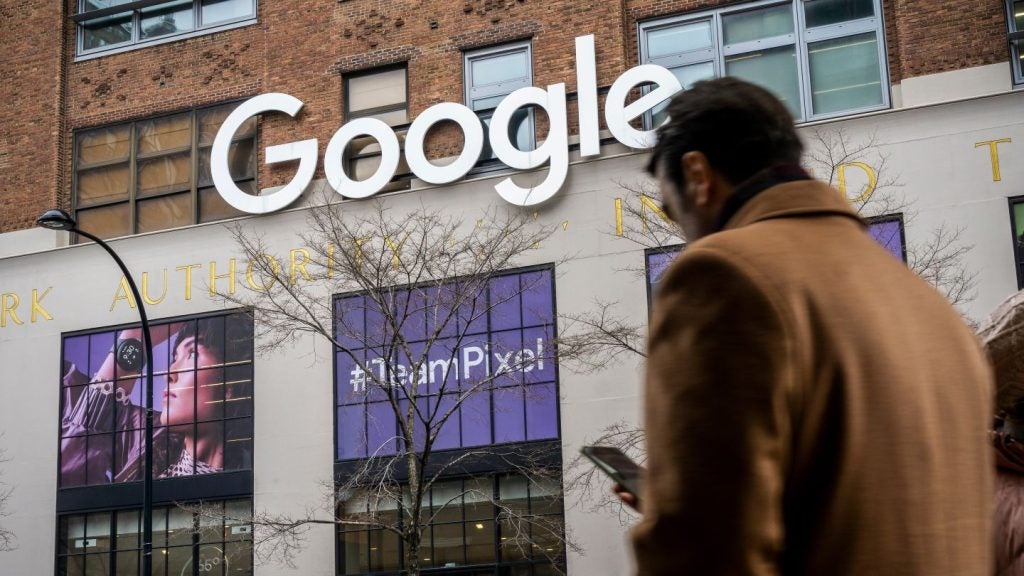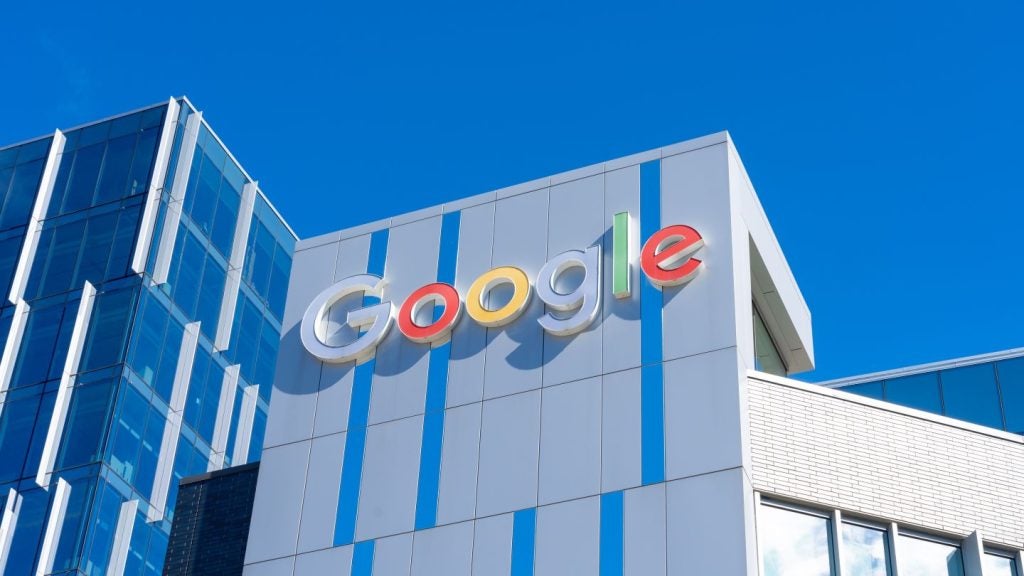When the European telecoms market first opened up to competition in the 1990s, everything was fairly simple and the altnet ‘challenger’ strategy was to replicate the incumbent’s portfolio (usually just connecting A to B), and to sell it cheaper with (hopefully) better customer service.
To be honest, compared with today it was the Stone Age. Only an idiot could fail. Since then, enterprises of all sizes have benefited from intense competition for their communications business.
Emerging technologies affect telecoms
Fast forward 30 odd years from the 1990s and things are very much more complex in the enterprise services market.
This period has witnessed the emergence of technologies like the Internet, mobiles (especially smartphones), the cloud, cybersecurity, and software platforms transforming the industry from the analog age to a digitised era.
Communications have always been a key tool in business, but never before have they been the very lifeblood of corporate, government, and consumer life.
Altnets, competitive markets and consolidation
Alongside these often head-spinning technology evolutionary stages, markets have become truly competitive. All service providers need to be efficient, agile, customer-focused, and competitive on price. They are constantly trying to deliver reliable, ever more value-added and complex services over progressive generations of technology, whilst usually also phasing out old platforms, changing cultures, and reducing headcount.
On top of that, they have to deal with externalities like regulation, sustainability, and geopolitical challenges.
The current state of play has seen much consolidation across individual markets, usually involving the combination of fixed and mobile operations. Most national markets enjoy three or more main players, with large numbers of niche players offering specialist services. Indeed, service providers are increasingly offering managed propositions to take away customers’ operational and procurement headaches.
Telecoms market is a long distance sprint
The market has reached a stage of maturity where some of the early ‘number two’ or first mover competitors following deregulation are themselves being squeezed from above and below.
From above, because the former incumbents still have the breadth and depth of resources to offer additional abilities and more consultative solutions, leveraging their scale and brand advantages.
From below, because there is a constant flow of new altnet challengers entering markets with new propositions which can undercut or outperform the next generation of challengers.
Robert Pritchard, Principal Analyst, Enterprise Technology and Services at GlobalData, comments: ‘The enterprise telecoms market is a constant long-distance sprint – but one where everything has to be reliable for customers as their networks and applications literally make their business operate. Even small interruptions can cause significant revenue, profit, and reputational damage. Major incidents can undermine confidence in a service provider and over time render them unviable.
‘Service providers do a remarkable job of addressing tectonic technology changes – most recently having to address AI (Artificial Intelligence) – in what is a sector that supports and enables transactions and relationships, usually securely and reliably, on a global basis.’








